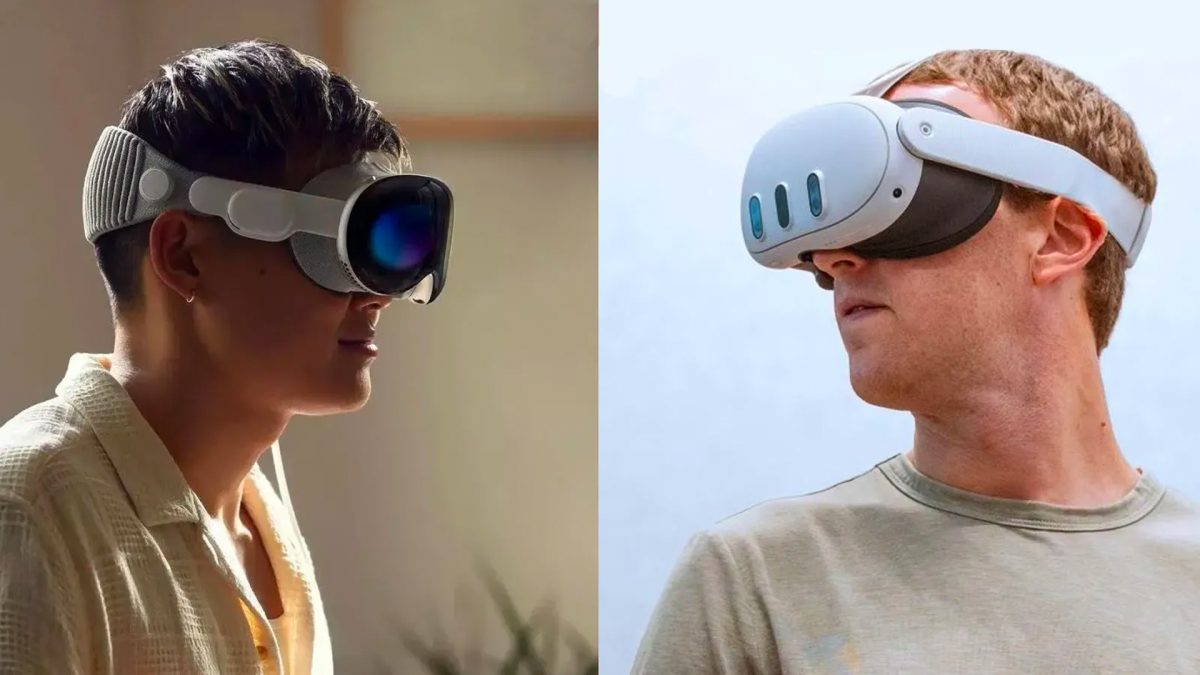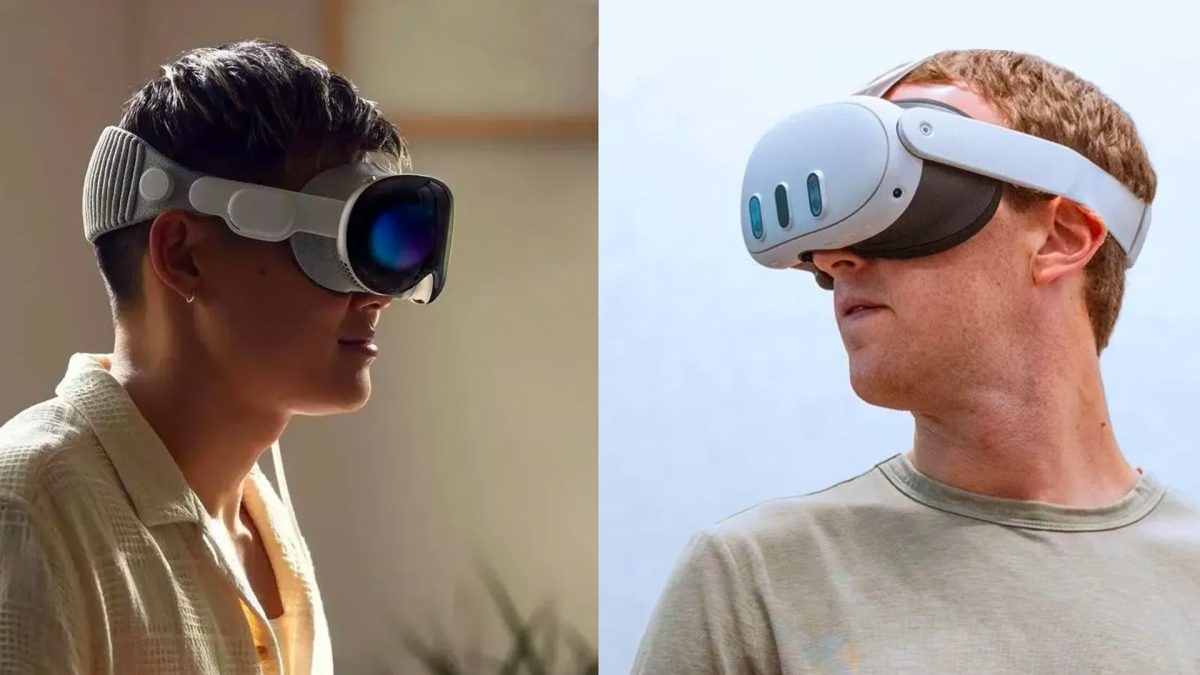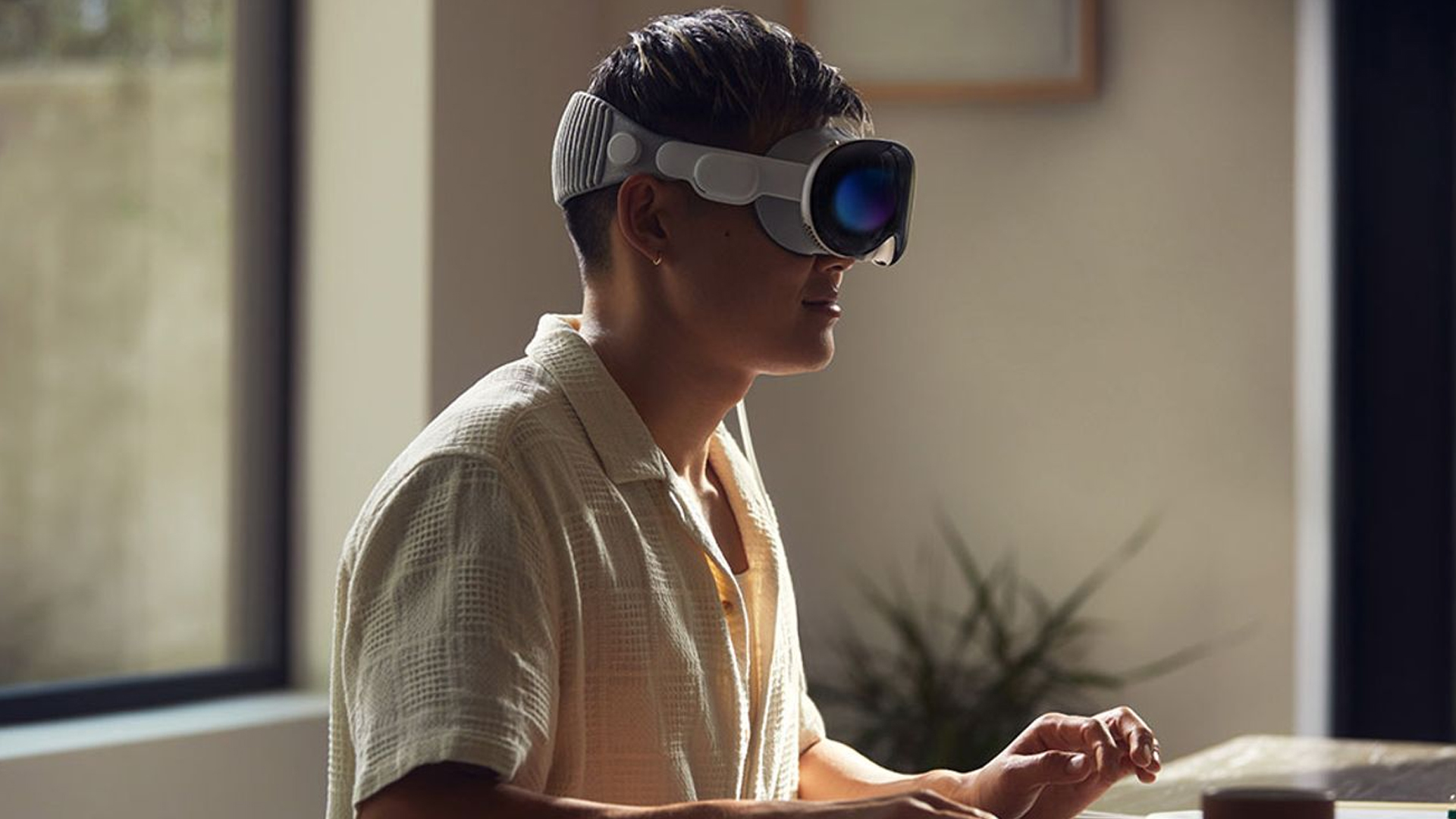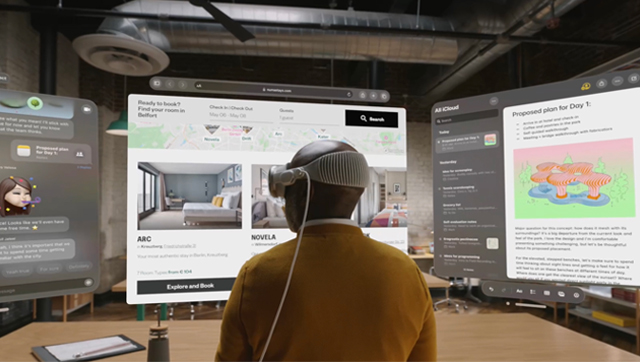By Brian Blau
Magikarp is in the fountain, Charmander is near the park bench, Rattata is by the front desk and everywhere people are throwing digital PokéBalls with their smartphones.
These names represent Pokémon characters, inspired by the popular 1990’s television show, that show up in your GPS-rendered surroundings while playing the new Pokémon Go app. As players walk around their neighborhoods, offices or any physical environs, the phone vibrates to let users know that a Pokémon is nearby. The image of the Pokémon is displayed over the real-world terrain, and players use the phone screen and a live camera view to “catch” the characters.
Launched in a limited number of countries in July 2016, the app has risen to the top of the app store charts in the U.S. and broken many app engagement records. While Pokémon Go is a game and its augmented reality (AR) feature isn’t sophisticated, the app’s success has turbocharged attention on AR and may give CIOs and business leaders cause to explore its potential for business purposes.
How AR Works
AR is a technology that bridges the physical and digital worlds by overlaying information, such as text, images and interactive graphics, onto real-world objects and is experienced through a display device that can provide either a video feed or a direct view of the real world, such as a head-mounted display (HMD), smartphone or tablet.
Business will be a leading use case for AR over the next several years. An example is DHL’s use of wearables and AR in a warehouse pilot program to achieve improvement in the picking process. Other AR apps allow for automatic sign translation, or in a hands-busy environment, technicians can get equipment maintenance instructions through their HMDs while keeping focused on the task at hand.
The device mesh helps people connect
Mobile-based AR is one of the simplest forms of immersive technology, and is just one part of the device mesh Gartner analysts named as a Top 10 Trend for 2016.
The digital mesh is a people-centered theme that refers to the collection of devices, information, apps, services, businesses and other people that surround the individual and create a blending of the physical and virtual worlds. The device mesh is an aspect of the digital mesh that deals with the expanding set of endpoints — spanning traditional, mobile and IoT endpoints — that people use to connect to, and interact with, other elements of the digital mesh.
Through 2021, businesses will see a rapid evolution of immersive content and applications that will range from consumer entertainment experiences to optimizing complex work processes.
Virtual reality (VR) and AR capabilities will merge with the digital mesh to form a more seamless system of devices capable of orchestrating a flow of information that comes to the user as hyperpersonalized and relevant apps and services. Integration across multiple mobile, wearable, IoT and sensor-rich environments (the digital mesh) will extend immersive applications beyond isolated and single-person experiences. Rooms and spaces will become active with things, and their connection through the mesh will appear and work in conjunction with immersive virtual worlds.
Use today’s buzz to build tomorrow’s value
In the midst of all the Pokémon Go buzz, CIOs and IT leaders can begin tracking wearables, AR and VR in 2016 and 2017 to assess continued consumer uptake and broader business value. They can also work with EA leaders and business users to identify key target personas and explore digital mesh scenarios. For example, explore the needs of, and business value for, a target user in different settings, such as at home, in the car, at work, with the customer or traveling.
Additionally, leading organizations are looking beyond EA to ecosystem architectures that incorporate customers, employees, partners, competitors and the things that are important to each of them. They build models to anticipate how the ecosystem will or can evolve, and to look for new digital business opportunities.
The author is research vice president at Gartner.


)




)
)
)
)
)
)
)
)